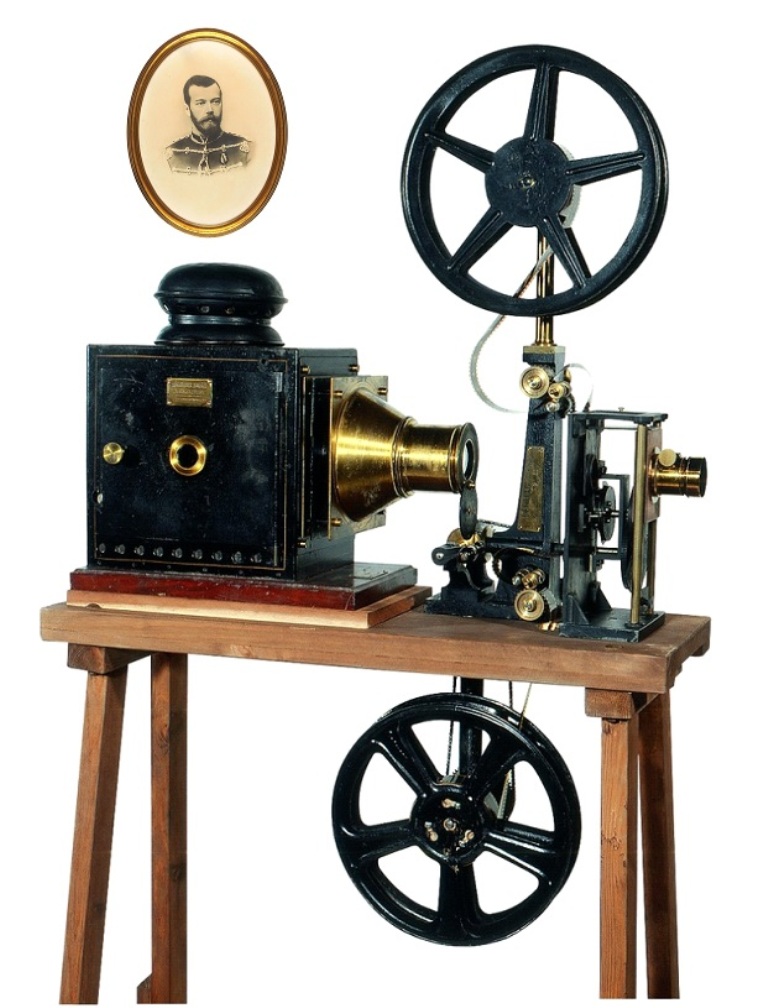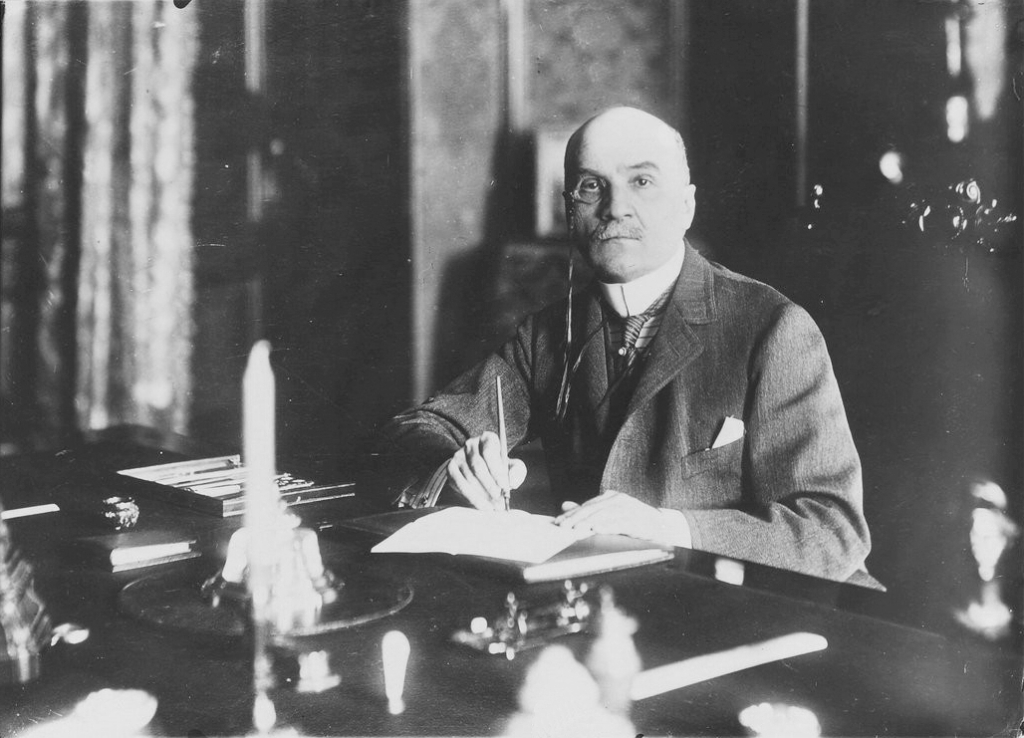Nicholas II’s interest in the cinematograph
On this day -18th May 1896 – Russia’s first cinema opened at No. 46 Nevsky Prospekt (now the Neva restaurant is located here), in St. Petersburg.
One of the spectators wrote:
“Today, we visited Nevsky … The electric light goes out, the hiss of the cinematograph is heard in the hall, and a moving photograph appears on the screen in front of the eyes of the audience… The scenes we have seen, were an approaching train, a quarrel between two men and their struggle, a game of cards, workers leaving the Lumière factory, a group of children quarreling, and an acrobat playing with a ribbon.”
From 1900 to 1918, Russian cinema developed rapidly, and was very widespread and popular in many large cities, including St. Petersburg, Moscow, Kiev, Odessa, Nizhny Novgorod, Baku, Tiflis, and Yekaterinburg; foreign cinema was also popular.
It is interesting to note that the Holy Coronation of Emperor Nicholas II also took place in Moscow in May 1896. The entire solemn procession was captured on film, by French cameramen from the Lumiere Brothers in Paris. The 1 hour and 33 minute documentary became the first documentary film shown in cinemas across the Russian Empire. A copy of the film was presented by Lumiere to Emperor Nicholas II.
The cinema with it’s “moving pictures” became very popular in Russia, therefore, it should come as no surprise, that Emperor Nicholas II took a keen interest in the cinematograph [an early motion picture projector].
During Nicholas II’s reign, the Alexander Palace underwent many modern upgrades: it was wired for electricity, and equipped with telephones and a cinematograph. A “screening booth” was built in the Great Library where the Imperial Family gathered to watch films. The Tsar even wrote down his favorite “cinematic pictures” in his diary.
As a rule, film screenings were held once a week, and Empress Alexandra Feodorovna selected the films as follows: first, they showed newsreels shot by the court photographers during the week, then an educational film, and finally a comedy for children.
Nicholas II enjoyed English and French newsreel films about the First World War, as well as documentary films about officers, service in the navy and daily life in the armed forces. The Tsar also paid particular attention to foreign news, which he watched with great interest, even taking notes. Interestingly, the Tsar himself, was often the central figures in many of these foreign newsreels.
He later equipped the Imperial Yacht Shtandart with a cinematograph. In 1913, the Tsar noted in his diary, that he had watched a Russian documentaries “The Tercentenary of the Reigning House of Romanov” and “The Heroic Feat of Private Vasily Ryabov”, as well as an Italian production “Ballerina from the Odeon”.
PHOTO: Maurice Paléologue (1859-1944)
On one occasion, the French ambassador to Russia Maurice Paléologue was invited to the Alexander Palace, to watch a film with the Emperor and Empree. That evening, he recorded the event in his diary:
“I arrived at Tsarskoye Selo at five o’clock. The cinema was installed in a large round hall [the Semi-Circular Hall]; three chairs were placed in front of the screen; there were a dozen chairs around them. Almost immediately the Emperor and Empress came out with the Grand Duchesses and the Heir Tsesarevich, accompanied by the Minister of the Court Fredericks and his wife, the Oberhoffmeister Count Benckendorff and his wife, Colonel Naryshkin, Madame Buxhoevden, the tutor of the heir Gilliard and several officials of the palace administration. In all the doors, stood maids and palace servants, all crowded and peeping out. The Emperor is dressed in a marching uniform; the Empress and the Grand Duchesses wore simple woollen dresses; the other ladies in day dresses.
“Before me is the Imperial Court in all the simplicity of its everyday life. The Emperor seats me between himself and the Empress. The lights are turned off, and the film begins.”
© Paul Gilbert. 18 May 2024


You must be logged in to post a comment.